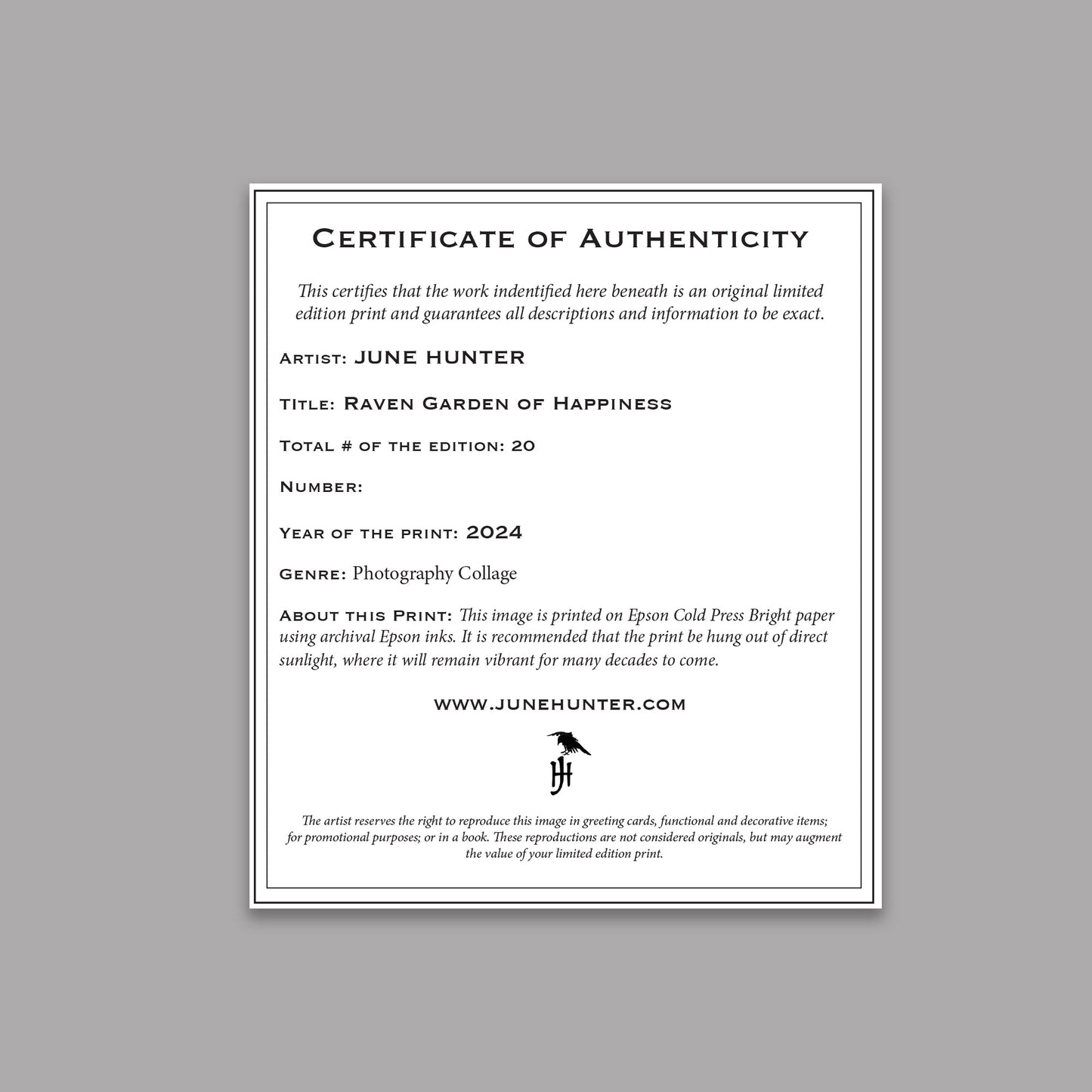Winter Hummingbird

This fluffed up little female Anna’s hummingbird seems to have opted to over-winter in Vancouver. She may be wishing that she’d booked her winter getaway in the fall …but too late now. She’s here for the winter, and I feel committed to help her make it to spring.
I was horrified last week, the day we were rushing to get set up for a winter market, to see that the nectar I’d put out for her had frozen solid overnight. I pictured her tiny little frozen iridescent body somewhere in the snow. But no, she flitted by — so still alive! I had a second chance.
I put a fresh batch of nectar out for her and went off to the market. When I came home the feeder was covered in snow so the hummingbird couldn’t get at the fkk. New crisis management techniques were needed. A quick internet search brought up a number of solutions. The equipment most easily to hand was a trouble light, so I plugged that in close to the feeder to keep things warm enough to prevent freezing. That worked wonderfully for the next 24 hours.

Enter a caption
The next, very snowy, day I came home from the market (luckily Make-It at the PNE is walking distance from home) to take the dog out. I heard a persistent clicking noise by my studio and noticed that (a) the bulb in the trouble light had gone out and (b) the hummingbird was sheltering under the eaves of the studio and looking at me with a touch of exasperated indignation.

The bulb in the trouble light had burned out and the feeder was covered in snow. I replaced it. The next day it burned out again, so I built a “quick and dirty “shelter to keep the snow and rain off it. It’s been working fine since then. As a back-up, I have another feeder that adheres to the studio window. The heat from the building keeps it from freezing, although it’s been so unseasonably cold in Vancouver this week that it’s still been frozen in the morning.

I posted my trouble light solution on Facebook and Instagram and got some great additional tips from other people. Here are some of them:
- Bring the nectar in at night and put it out first thing in the morning. Normally this would be the easiest solution in Vancouver, but this week it’s been so cold that the nectar can freeze during the day. Plus, you might sleep in …
- Find some old style incandescent Christmas lights and wrap them around the feeder. The heat of the bulbs will keep the nectar from freezing. This sounds great, and a lot prettier than the trouble light, so I’m on the hunt for some old-style fairy lights!
- Wrap and old sock around the feeder to keep it warm.
- Tuck some foot or hand warmers (the kind you get in a pack, open and shake and they give off heat for about 8 hours – available in bulk at Costco) in the sock.

Here’s a photo of the hummingbird taken this morning. It’s getting colder all this week, so I’ll have to keep an eye on the trouble light. Maybe I’ll add the sock and foot warmer as a back-up in case the bulb goes out again.
When I take these extra measures to keep the hummingbird alive, I feel a bit like a kid leaving cookies out for Santa.
That’s partly because hummingbirds in general —and hummingbirds in a Canadian winter in particular — are rather magical.
And partly because the hummingbird brings me presents.
In return for just a little fiddling with trouble lights and extension cords, I get the gift of transcendent beauty. It’s a really good deal for me!


















